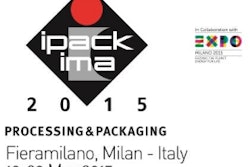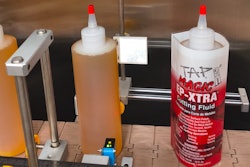
Many of us are aware that an aging population and the prevalence of diabetes and obesity and other “lifestyle” diseases are increasing pharmaceutical sales, but provisions in the Patient Protection and Affordable Care Act—and Health Care and Education Reconciliation Act—will likely generate a substantial impact on the U.S. pharmaceutical industry.
That’s according to research and consulting firm Global Data. Its report, “CountryFocus: Healthcare, Regulatory and Reimbursement Landscape—U.S.,” forecasts the U.S. pharmaceutical market to increase from an estimated value of $395.2 billion in 2014 to reach $548.4 billion by 2020, representing a Compound Annual Growth Rate (CAGR) of 5.6%.
The report states that this growth will be driven by increasing healthcare expenditure, an aging population, the rising prevalence of chronic lifestyle diseases such as diabetes and obesity, universal and easy access to reimbursement for pharmaceutical product costs, and the 2010 Patient Protection and Affordable Care Act (PPACA).
Joshua Owide, GlobalData’s Director of Healthcare Industry Dynamics, explains that the PPACA and its amendment, the Health Care and Education Reconciliation Act, continue to have a substantial impact on U.S. citizens and the country’s pharmaceutical industry.
Owide says: “As the PPACA mandates health insurance coverage for all Americans, the U.S. has witnessed increasing use of prescription drugs among individuals who are newly insured or have shifted to insurance plans that offer premium and cost-sharing subsidies. In 2014, spending on prescription drugs amounted to an estimated $275.9 billion, compared with $262.3 billion in 2013.
“Around 20 provisions of the healthcare legislation are expected to have a direct or indirect impact on the volume of drug and biologic sales. As many as 32 million formerly uninsured citizens could enter the patient pool, resulting in new business worth $115 billion over a period of 10 years.”
GlobalData’s report also notes that the U.S. Food and Drug Administration (FDA) provides a transparent, well-structured, and competent regulatory system to facilitate the approval of pharmaceutical products and consequently bolster market growth.
Owide says: “New initiatives undertaken by the FDA to strengthen the review and approval process will be advantageous to the industry. Its strong patent system attracts research-based pharmaceutical companies and positively influences growth.
“In 2014, 41 novel drugs were approved by the FDA, 17 of which were for the treatment of rare diseases. The FDA’s Fast Track Development Program and Breakthrough Designation accelerate the approval of novel drugs and add value to the market by meeting demand more quickly.”

























